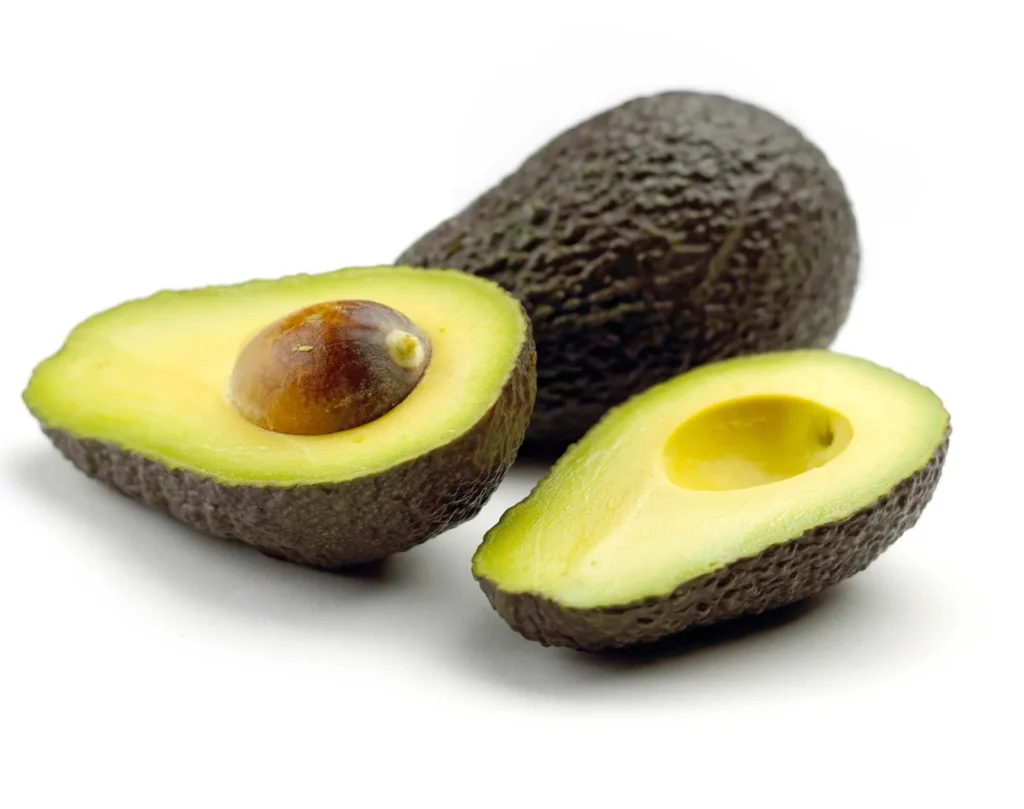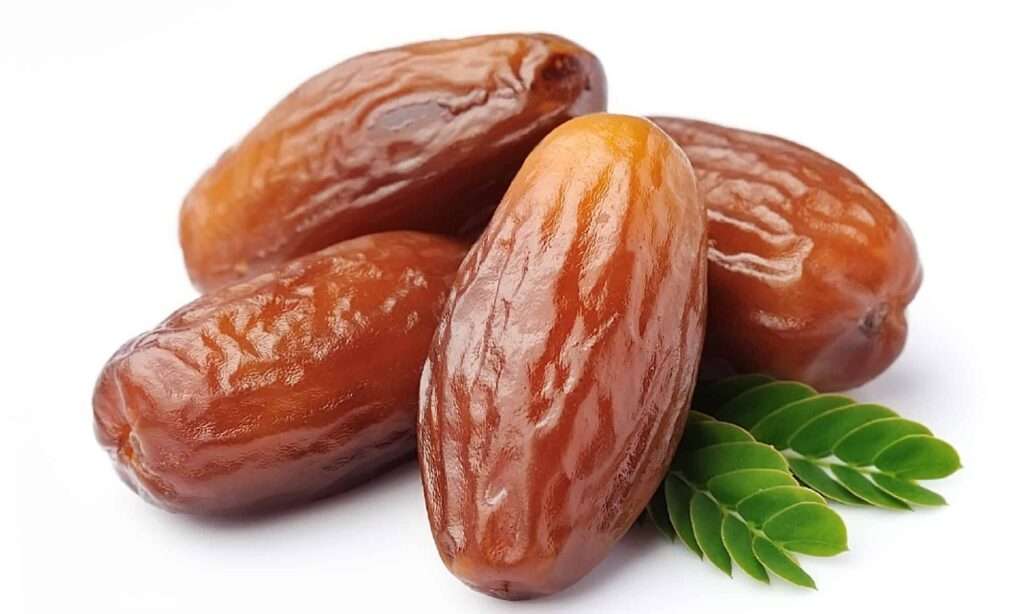
Description
The name “snake fruit” refers to the fruit’s scaly, crimson surface. The fruit is roughly the size of a fig and resembles a huge garlic clove after being skinned. Three lobes of yellow or white pulp containing flat, firm, dark brown seeds are hidden beneath the snake-like skin.
Varieties
The cultivars include German Wine, KangaRhu Prince Albert, Glaskin’s Perpetual, Hardy Tarty, Holstein’s Bloodred, Sunrise, Riverside Giant, Timperley Early, and Victoria.

Uses
The pulp can also be used to make wine, drinks, and candies in addition to being regularly consumed raw.
Nutrition
Snake fruit has a great nutritional value and is a tasty item to add to cuisines. The fruit’s edible sections are a fantastic source of nutrients since they contain healthy concentrations of phenolic, flavonoid, and monoterpenoid combinations. Additionally, this fruit offers high concentrations of iron, phosphorus, fiber, protein, potassium, calcium, and vitamins A and C. Only 82 calories, 4% fat, and healthy carbohydrates make up one serving of snake fruit.
Cultivation
At the start of the rainy season, they should be planted. The soil should be heavily top-dressed with charcoal, manure, compost, etc. before being mulched around the palm. Roots from snake fruit feeder plants will grow into this mulch.
Table





